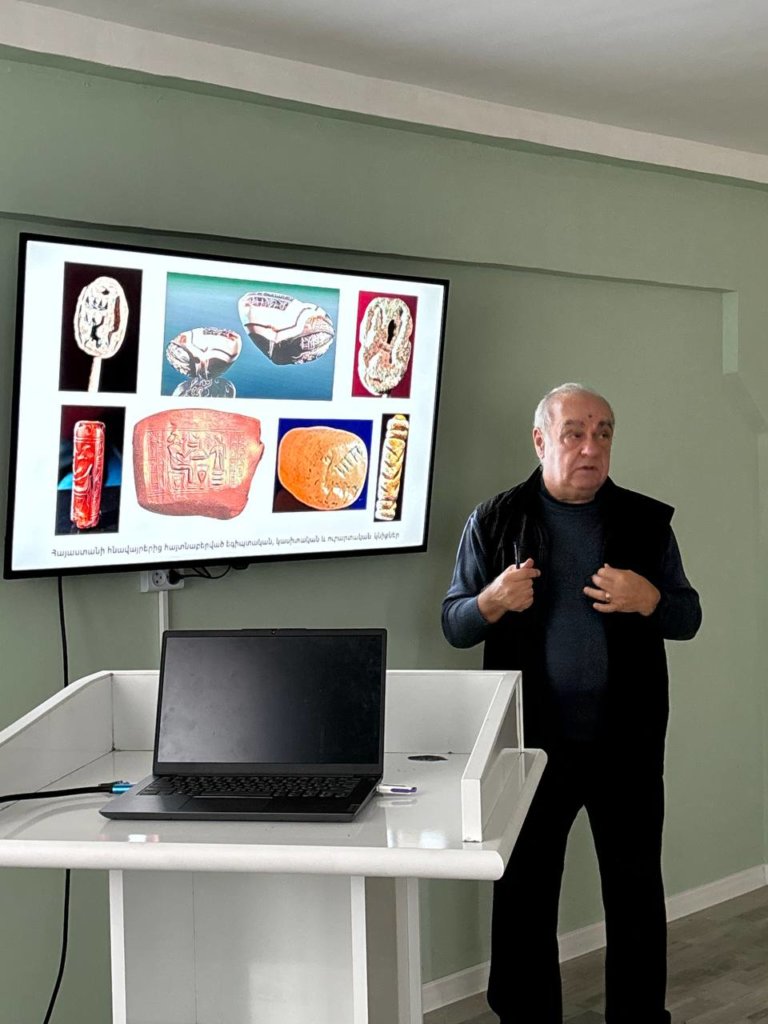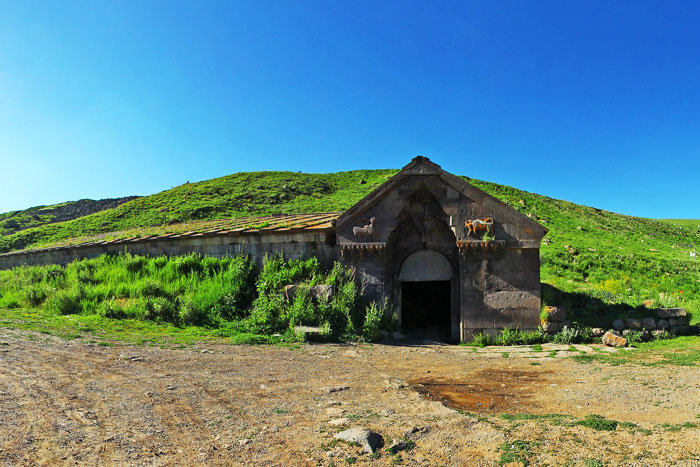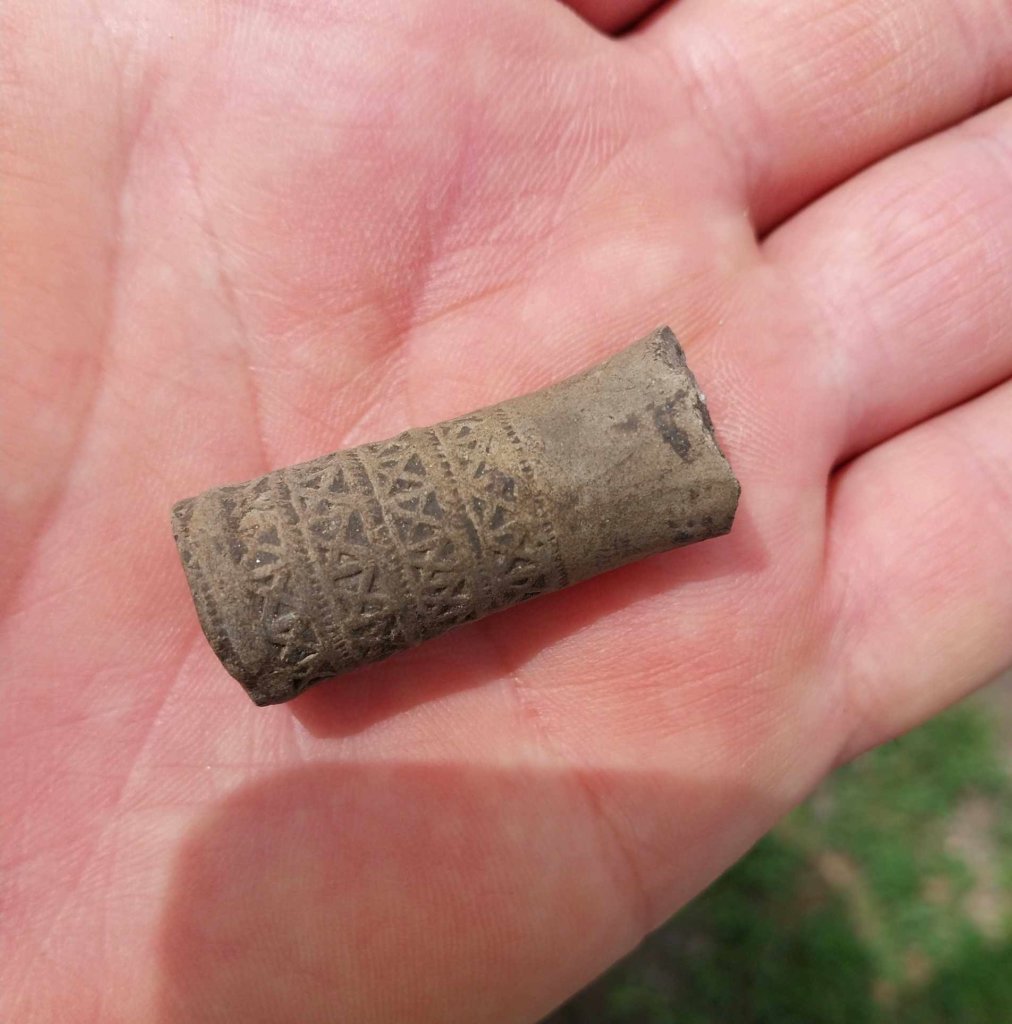«Ani is the treasury of Armenian artistic styles of ancient ages and the key to the lost sciences and to the solution of the mysteries of history»:
Toros Toramanyan
The Service for the Protection of Historical Environment and Cultural Museum Reservations presents the fifth volume of the series of «Documents on Armenian Historical and Cultural Heritage». The book «Saint Gregory the Illuminator (Tigran Honents) Church Complex of Ani» presents T. Toramanyan`s measurements and photographs of Ani`s St. Gregory the Illuminator (Tigran Honents) Church, its portico and chapel include.
The church, constructed during the rule of Zakaryan Princes by the means of opulent man Tigran Honents from Ani, due to its classic proportions, highly artistic bas-reliefs and frescoes is considered one of the best monuments of the architectural school of Shirak Region and carries its prime traditions.
From T. Toramanyan`s measurements only the plan of the complex is presented in specialized literature, while the rest are published for the first time. The monument underwent considerable changes during the past one hundred years, and only T. Toramanian`s measurements and photographs show the preliminary condition of the monument. Unfortunately, T. Toramanyan`s original measurements-drawings of St. Gregory the Illuminator are considered to lost.
At the moment, in the stores of the Service copies of 17 sheets of photographic original-sized measurements of the church and its portico are kept which were made in pencil on the basis of T. Toramanyan`s rough-copy originals.
According to the preserved records, there were four more sheets of measurements of St. Gregory the Illuminator Church and its portico that T. Toramanyan handed to Professor J. Strzygowski in 1913, for the publication of a joint book on Armenian architecture. Unfortunately, these four measurements were not returned from Vienna and are considered lost. The photographic copies of these measurements are not preserved either.







